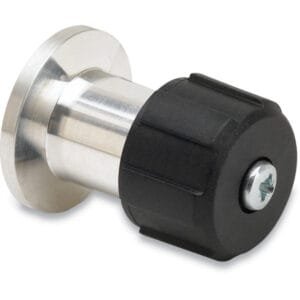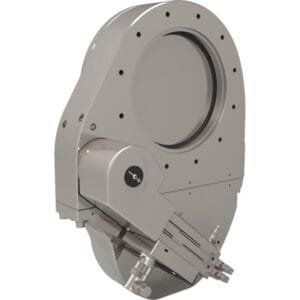Swagelok Union Elbows: Compact 90° Tube Connections for High-Integrity Systems
Swagelok Union Elbows from TFM are designed to provide a smooth 90-degree connection between two tubing lines, allowing for precise redirection of flow within compact or space-constrained installations. These elbows feature Swagelok’s dual-ferrule compression fittings on both ends, ensuring leak-proof, torque-free seals across critical process and instrumentation systems.
Whether you’re routing gas lines in a vacuum system or installing water circuits in industrial cooling setups, Swagelok Union Elbows offer the durability, safety, and performance required for high-reliability applications.
Key Features of Swagelok Union Elbows:
Leak-Proof, Torque-Free Sealing
Engineered to deliver a secure, consistent seal without over-tightening, Swagelok Union Elbows protect tubing integrity while reducing assembly time.90° Elbow Geometry for Compact Routing
Perfect for changing flow direction in tight spaces—these elbows maintain system flow efficiency while minimizing tube stress and footprint.Leak Prevention in Critical Applications
Ideal for high-purity, high-pressure, or hazardous systems, these fittings help eliminate costly and dangerous leaks, improving system uptime and operator safety.Material Options for Application-Specific Needs
Stainless Steel Union Elbows: Optimized for gas systems, corrosive media, or cleanroom conditions.
Brass Union Elbows: Best suited for water systems or non-aggressive media in general industrial environments.
Available in Fractional and Metric Tube Sizes
Supports a wide range of system configurations with consistent mechanical and sealing performance.
Applications:
Directional tube routing in confined instrumentation panels
High-vacuum or process gas redirection in semiconductor tools
Coolant line turns in water-cooled systems
Skid or OEM system builds requiring compact, modular design
Retrofitting or upgrading existing 90° connections with leak-free performance
TFM also provides a full line of Swagelok-compatible fittings, including union tees, crosses, bulkhead connectors, NPT adapters, and valves, ensuring you have all components needed for a complete and reliable tubing infrastructure.
Ordering Table
| Reference | Material | Tube OD 1 | Part Number |
| Swagelok Union Elbows | Stainless Steel | 1/16" | SS-100-9 |
| Swagelok Union Elbows | Stainless Steel | 1/8" | SS-200-9 |
| Swagelok Union Elbows | Stainless Steel | 1/4" | SS-400-9 |
| Swagelok Union Elbows | Stainless Steel | 3/8" | SS-600-9 |
| Swagelok Union Elbows | Brass | 1/4" | B-400-9 |
| Swagelok Union Elbows | Brass | 3/8" | B-600-9 |





Reviews
There are no reviews yet.